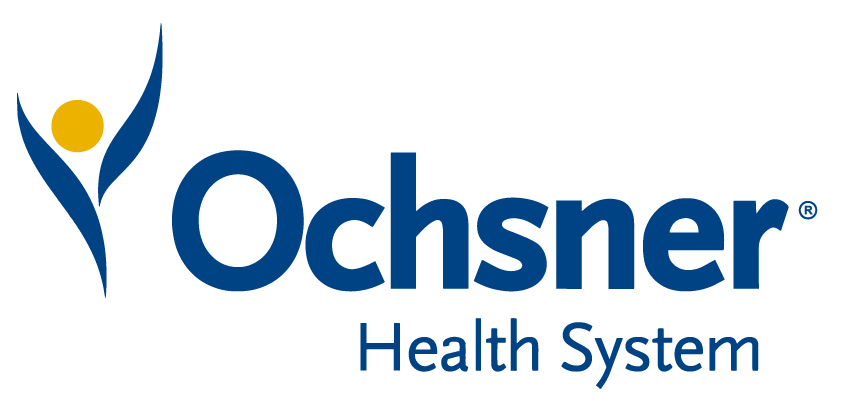

For most healthcare systems, optimized operating room utilization has a significant positive impact on revenue. The key to achieving full OR utilization is access to accurate, timely, and transparent data across the system.
In the midst of a competitive market that made strong utilization essential, Baylor Scott & White Health Medical Center of McKinney struggled with inaccurate OR data and a lack of standardization, driven by a time-consuming manual reporting system. Without a unified and transparent source of data, the organization was unable to make strategic operational decisions.
To solve for these challenges, Baylor Scott & White Health Medical Center of McKinney adopted LeanTaaS’ AI-powered iQueue for Operating Rooms. iQueue provided a “single source of truth” for credible OR utilization data and standardized metrics that all stakeholders could easily access. The technology also offered tools to streamline OR scheduling processes, helping OR stakeholders take action to fully utilize OR rooms and block time based on the information the tool offered.
Join Baylor Scott & White Health Medical Center of McKinney’s Director of Surgical Services to learn the benefits of gaining access to timely and accurate data in order to support strategic operational decisions in a competitive marketplace.






Take the first step towards unlocking capacity, generating ROI, and increasing patient access.
If you work in the healthcare industry, or even if you’re just an interested observer, you don’t need a book to tell you that the financial pressure is on as never before. A perfect storm of circumstances is swirling together, one that will make survivability, not to mention profitability, a greater challenge for healthcare companies than we’ve seen in the modern era.
As with banks, retailers, and airlines, which had to rapidly enhance their brick-and-mortar footprints with robust online business models—it is the early movers eager to gain new efficiencies that will thrive and gain market share. The slow-to-move and the inefficient will end up being consolidated into larger health systems seeking to expand their geographical footprints.
Let’s look at just a few of the looming challenges healthcare must meet head-on.
An aging population
By the year 2030, the number of adults sixty-five years of age or older will exceed the number of children eighteen years or younger in the United States. We are living longer than our parents did. Positive news for sure, but problematic for several reasons.
The older we get, the more medical help we need. Older people have more chronic diseases. By 2025, nearly 50 percent of the population will suffer from one or more chronic diseases that will require ongoing medical intervention. This combination of an aging population and an increase in chronic diseases will create a ballooning demand for healthcare services.